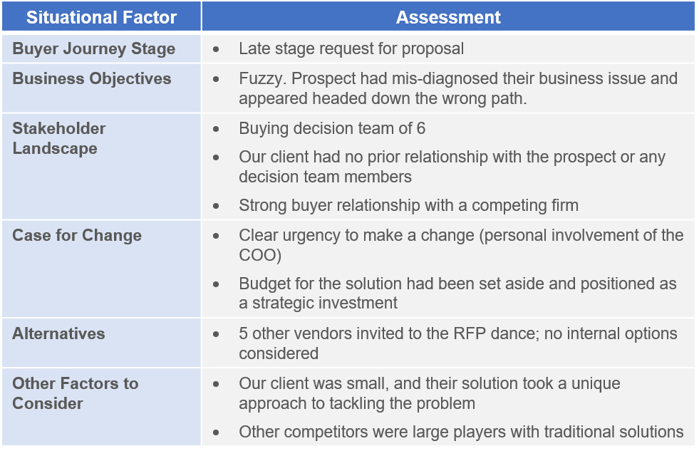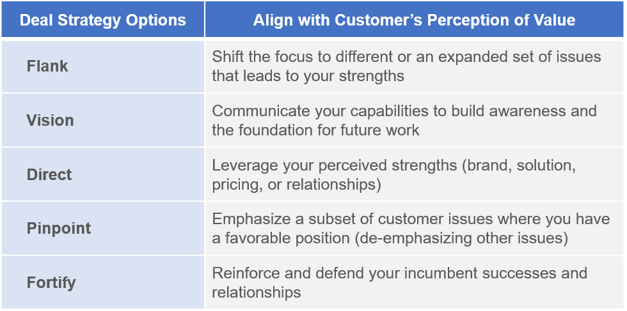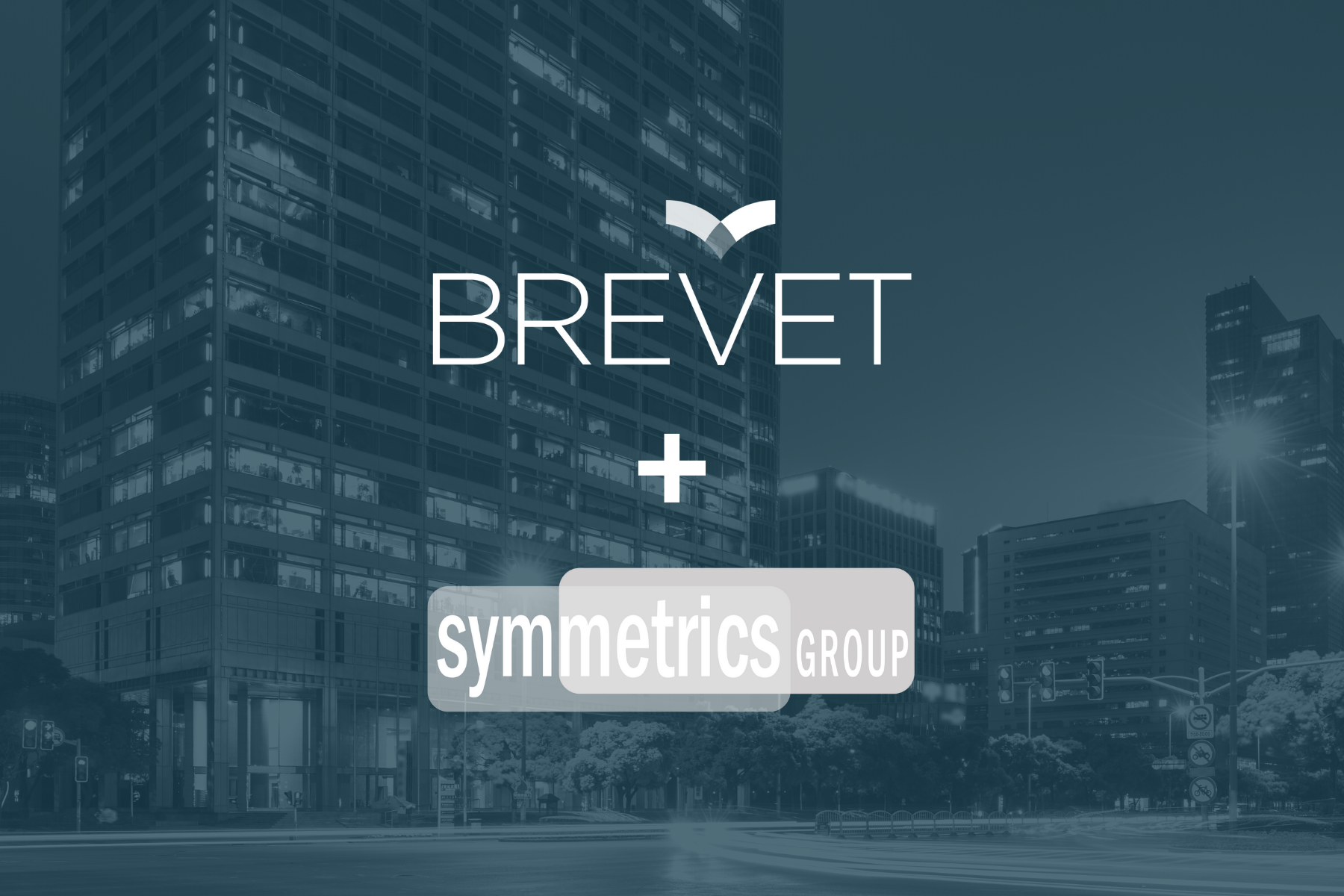Selling complex solutions to modern buyers is hard. Your teams should be looking for every edge possible. A low-hanging fruit for every team is the opportunity management process. We continue to see pipelines filled with deals that lack an effective deal strategy.
We’ve talked about the importance of situational awareness (SA) in the past. Situational awareness is the ability to understand what’s happening around you at all times. It’s both reading and reacting to the situation appropriately.
The power of situational awareness is easily seen in top performers outside of sales like NFL quarterbacks or golf pros. In the seconds between the huddle and the snap, a quarterback must scan multiple factors on the field before running the play or calling an audible.
Obviously, situational awareness is critical for salespeople. Many sales leaders believe SA is an innate skill, something that only seasoned sellers have, honed over years of experience.
We disagree. You can train and enable your teams to have strong situational awareness.
But what, specifically, should your sales team be looking for? And equally important, what should they do with that information?
According to our research, there are five core situational awareness categories in every deal:
1. Buyer Journey Stage. Where is the buyer in the deciding journey? Is this an early-stage opportunity where the customer has just begun to understand their challenges and potential solutions? A middle-stage deal where they’re in the process of coordinating and aligning internal stakeholders? Or, a late-stage opportunity focused on selecting the right partner?
2. Business Objectives. Simply put, what is your customer trying to solve and why? Defining the customer’s problem can be a major challenge – especially for the customer! Throw in multiple stakeholders and you’ve got a hot mess. It falls to the most motivated person – the rep – to align all influencers on the problem, solution, and path to get there. At any point in the deal, a rep should know where every stakeholders is in their mental model and the actions needed to move everyone closer together.
3. Stakeholder Landscape. Who’s really influencing this opportunity, because we all know that the idea that one economic buyer can close a deal by himself is dead. At any point in the deal, a rep should be able to identify who is involved and their role: Is she a champion? A low-level, but highly influential manager? A high-level executive with zero credibility? Where will the inevitable late-stage surprise influencer come from?
4. Case for Change. What are the larger business priorities for this customer? Does the problem they’re trying to solve align with those priorities? At any point, reps should understand who believes this problem to be worth solving now and who is comfortable with the status quo.
5. Alternatives. How else might they solve this problem? Thinking of just the competition as an alternative fails to acknowledge your number one competitor: Status Quo. Your teams should understand the landscape of alternatives. Do they build in-house? Can they scope the solution down and still meet their needs? Is there an incumbent or prior relationship that needs to be addressed?
In addition to these core factors, there will be other factors unique to the product and market. These specific factors will vary, but they’re just as important for good SA.
It seems like a lot of information – and it is – but it doesn’t take much for a deal to stall or vaporize. And without strong situational awareness, the rep might not understand where he or she went wrong. So, the natural next question is: what should reps do with all of this situational information?
The answer is, situational awareness drives the deal strategy. If reps don’t have good SA along the crazy, messy buying path, they can’t define the winning sales experiences and messages. For example, a client of ours recently faced a deal with the following situational factors:
Situational Factors for High-Growth SaaS Company Selling Marketing Technology

Together, these situational factors tell a story. And that story shapes the deal strategy. Reps need to pause and ask, “What is this telling us? Which of these factors carry the most weight? What’s the game plan?”
There are a handful of ways to attack an opportunity. Our research suggests five potential strategies to deploy. The question for your team is, will they use their SA to choose the right one?

Going back to our client. Their factors painted a clear picture – particularly the lack of an existing relationship and their first entry at the RFP stage. Given these situational factors, the logical strategy was to flank – to shift the focus on the issues. This approach was ultimately successful.
From Awareness to Action
Building situational awareness is not a one-and-done effort. No deal strategy, including the flanking strategy, is an automatic touchdown play. Throughout the deal, your team must update and refine their SA as new information becomes available.
Too many sales teams build surface-level SA and choose the wrong strategy, wasting that opportunity. Reps get comfortable (and lazy). They believe what worked on Customer A will work just fine on Customer B. Hammers looking for nails.
Modern reps need the mindset, skillset, and toolset to read situations and build the right deal strategy. Contact us to learn how this methodology can lead to dramatic results for your team.
About The Author
.png?height=120&name=Carrie%20Photo%20(3).png) Carrie is an experienced consultant specializing in sales analytics, organizational design, and sales process optimization. She is the co-author of The Sales Compensation Handbook as well as numerous sales research studies.
Carrie is an experienced consultant specializing in sales analytics, organizational design, and sales process optimization. She is the co-author of The Sales Compensation Handbook as well as numerous sales research studies.



.jpg)
